
Before the on-set of the holidays late last year. I introduced the Sony Alpha A550 with Sony DT DT 18-55mm f3.5-5.6 SAM here. And after about three weeks with the camera, here is my express field review of this DSLR. Three weeks is actually a short time to really get to know a camera. Some people can run the entire lab test they want but it is different with actual usage and application of the camera in the field. I wasn’t able to fully utilize all the camera features here because of the short time and also of the holidays but I think I covered the important aspects of the camera below. Note that most images here are out-of-camera JPGs (OOC) with only resizing and watermark done on the images.

Handling, Live View and Viewfinder
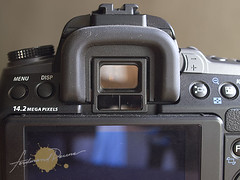
Like I mentioned before, the camera is moderate in size. The build is solid despite the plastic feel and the grip is fairly easy and comfortable. There are easy access buttons for the main functions like changing ISO, Exposure Compensation, Drive Modes and Switching from Optical View Finder and Live View Mode. There is only one control dial at the front which I find a little small.
Sony really made good use of the A550’s 3-inch 920k dot articulating screen. Not only is it sharp and captures details well whether shooting in Live View mode or reviewing images. It is also easy to view on the outdoors, under bright sunny conditions. The Live View is also the fastest on any DSLR I’ve tried yet that I’m sure people coming up from compact cameras would find it easy to use.
But for those who prefer looking through the Optical Viewfinder may find the A550 short on this department. The field of view is 95% and is average in viewing size similar to Nikon and Canon mid-level DSLRs like Canon 500D. While there are easy access buttons on the camera, I find that their placements are not really optimized for the Viewfinder user. I’m accustomed to changing camera setting even while looking through the viewfinder but for the A550, I find it hard to reach for the buttons. The A550 buttons and controls are really optimized for using it during Live View.

Operation and Autofocus
Once familiar with the controls, it’s fairly easy changing the settings whether on aperture, shutter or manual settings. The Main menu however while looks nice, isn’t really giving much helpful in use. I like the straightforward control panel on the traditional view but I can’t navigate around to change it. I have to go through pushing the Function Menu to change other settings.
Changing Autofocus to Manual focus is as easy as turning the switch on the lens. The Sony A550 actually has an eye-level sensor on the viewfinder. So when you put your eye it auto-focuses automatically much like a shutter half-press. But the problem here is that other object brushed near the sensor activates this as well.
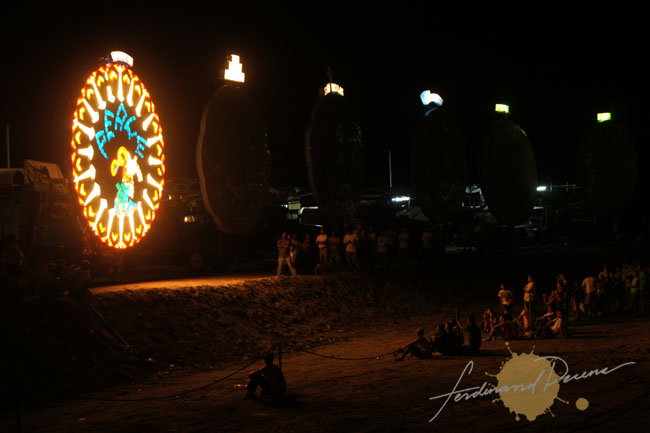
With the Sony DT 18-55mm f3.5-5.6 SAM the Autofocus is snappy in feel. In good light the 9-point autofocus locks in easily. In low-light though, I noticed that it has focus-confirmation at times but the images isn’t really focused. I guess it struggles a bit on low-light. I’m sure with a better lens, performance would change.

Image Quality, Metering and Working with RAW Files
Now here comes the essential part. Sony has been heavily promoting their higher sensitivity EXMOR CMOS Sensor combined with the BIONZ processor. But does it deliver the goods?

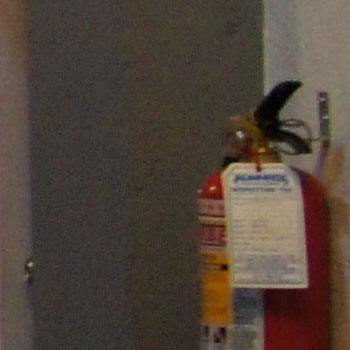
The base ISO on the A550 starts at 200 going up to the 12,800. While I really have no practical use on the higher ISO above 1600, I thought that 1600 is quite usable. Their noise performance is actually very good but I do find the details smearing off when going higher on the ISO range. I hope I had the option to choose noise reduction aside from the High or Normal.
On good light, lower ISO and even lighting the JPGs out of the camera does produce very good quality images but more to the consumer liking. It means more saturated and contrast images than its actual real life counterparts.
While shooting with the A550, I also noticed that left to itself, it occasionally over-exposes its photos on bright outdoor conditions with big skies or high contrast lighting. I’m not sure if the metering goes wonky in these conditions or the EXMOR sensor itself. It is similar to how the compact sensor Cybershot TX1 with EXMOR R sensor acts so I usually set exposure compensation to -0.3 to -0.7 when shooting under bright and contrasty conditions.
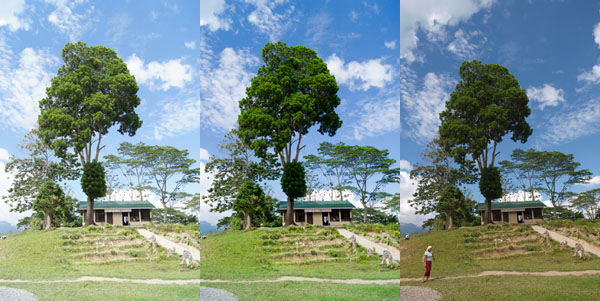
With this I find shooting RAW+JPG advantageous. Aside from its inconsistent Auto White Balance which I also noticed, I can recover some of the highlights lost from the inconsistent metering. Check out the comparison I did with the out-of-camera JPG, Processed RAW file from Adobe Camera Raw and the out-of-camera JPG from Olympus E-3 which I have at that time. I know it’s not fair to compare the pro-spec E-3 to this 10mp model but the latter is already at least 3-years old since release so I was expecting lower end models have already caught up.

D-Range Optimizer and Auto-HDR
D-Range has been around for a while on Sony DSLRS. It’s actually similar in concept with other manufacturer’s versions of D-lighting or Auto Gradation where it tends to lift out shadow details from the scene. For non-RAW Shooters this is actually useful since you do the levels of processing in-camera. A550 lets you choose 5 levels of optimization aside from the Auto.
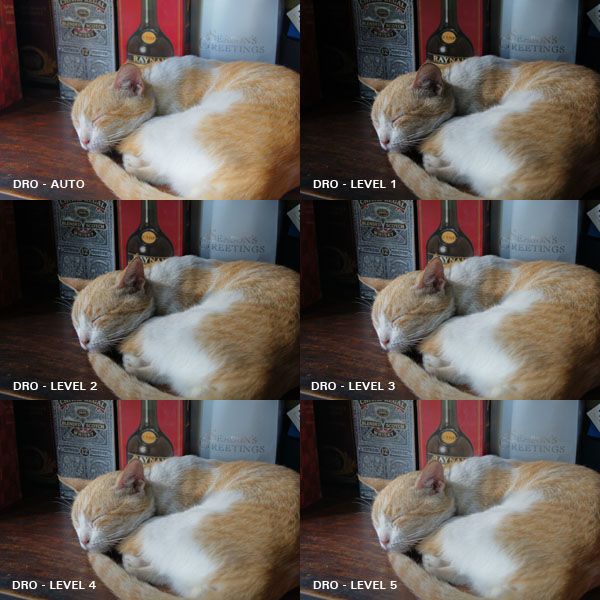
The Auto-HDR is one of the Key Features of the A550, while not unique in the DSLR with Pentax K-7 offering first; the A550 does have an advantage of hand-held capability by shooting two images in rapid succession and combining them in one image. I’m a bit biased with HDR though since most of the images I’ve seen looks artificial and over processed. But A550’s approach is more subtle with balancing out more of the shadow, highlight and midtone details. But I doubt if I would be using it more often than I need it.

One caveat on both modes is that they are only functional on JPG settings. While they increase the Dynamic Range of an image, working with RAW Can produce similar results. I guess if you’re a JPG user it could be handy.
Image Stabilization, Storage and Battery Life
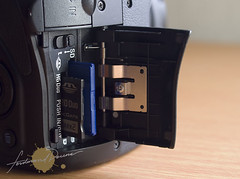
Sony is also one of the brands (aside from Olympus and Pentax) that offer In-Body Image Stabilization. I found it very useful as I tried shooting up to 1/15s hand-held at night. Sony claims a 1,000 shot capacity on a single charge of its battery. While I haven’t reached that number yet, I do noticed that never had problems of having low battery signs while shooting more than 500 images already.
The A550 also has a dual slot for memory cards. One is for SD cards and the other is for their Memory Sticks. The only qualm I have with their set up is I have to open the compartment and switch from there to use either slots. There is no option in the menu to change slots.
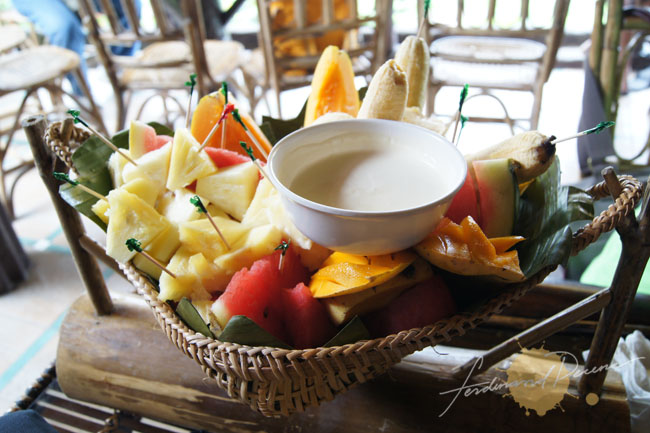
Verdict
I think Sony has a little identity crisis when the created the Sony Alpha A550. On one hand, the fast Live View mode and scene presets would surely appeal to people moving up from Compact to DSLRs. But its price range of US1050 (Php 64,999.00) on a kit puts it on a spot near the mid-range models like Canon 5000D, Nikon D90, Olympus E-30, Pentax K-7.
What I liked:
- Very Good Image Quality especially when working with RAW Files
- Very Good High ISO capability
- Big bright 3” Articulating LCD with good visibility outdoors
- Fast Live View function with Manual Focus Check
- Effective In-Body Image Stabilization
- The D-Range Optimizer and Auto-HDR function can be useful (but only for JPGs)
- Dual-Card Slots (except for the exterior switch)
- Good quality kit lens (Except for the rotating front barrel)
- High Speed shooting (Up to 7fps on speed priority)
- Long Battery life
What I didn’t like:
- Too consumer oriented colors not close to real life colors
- Controls are not optimized for Viewfinder user
- Metering tend to over-expose and clip highlights more often
- Unreliable White Balance
- Less customization
- Minimal options for File compression and Noise Reduction levels
- Pretty but unusable Exposure Display
- Too expensive
- At this price point, lack of video is also a negative

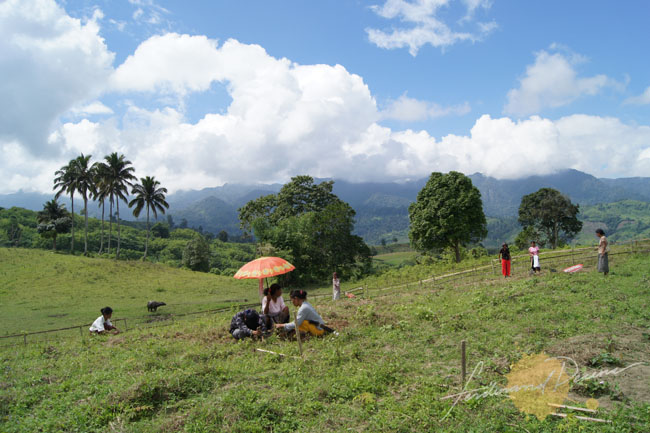
Leave a Reply